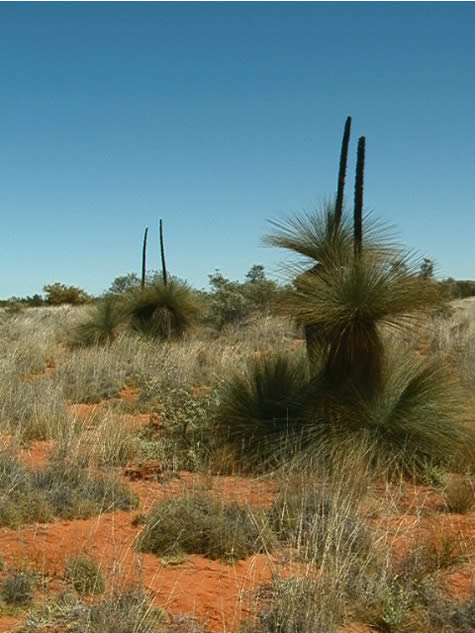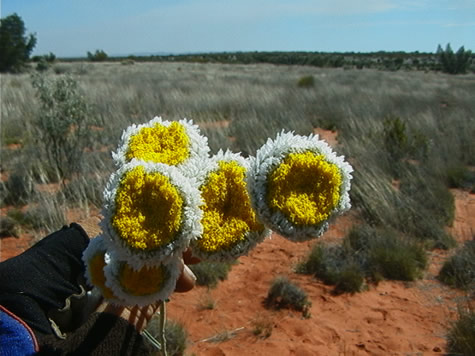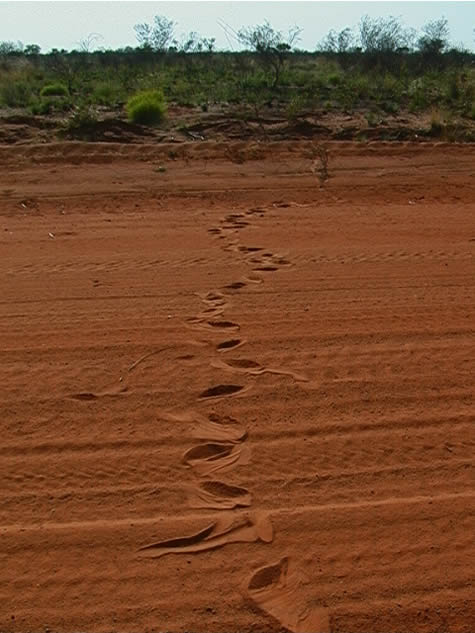The Ecosystem of Gum Trees
Last night, while biking through the night to Trephina Gorge, the bark of the gum trees stood out in contrast to the shadows, accented by the fullness of the moon. Red River and Ghost Gums are the predominate species in the area we are travelling through.
As a native species to Australia, gum trees create their own ecosystem. They can be found on the alluvial plain or in arid desert areas. They are quite adaptable to the environment based on the depth of their roots. The taller the tree, the more access to water it has. However, a stunted version may be found on rock ledges as seen in Trephina Gorge.
Gum trees can provide room and board to a variety of birds and insects. Insect secretions on the underside of leaves are sticky sweet and have provided Aboriginal children with a sweet lolly or candy treat. Honey from non-stinging bees, which make a hive in the termite-hollowed limbs of the gum, can be a tasty treat, as well.
When the gum trees blossom, their nectar is a draw for insects and some birds. The yellow necked miner bird feeds on insects found in the tree. His intimidating call wards off most other nectar- seeking birds. Insects attracted to the nectar of the gum blossom are prey to bats, birds and lizards, becoming another part of the food chain.
Suggested activity: Find a complete ecosystem in a tree or in vegetation where you live. Construct a part of the food chain, giving examples of the plants, animals or insects found in each stage.
Crister and April



